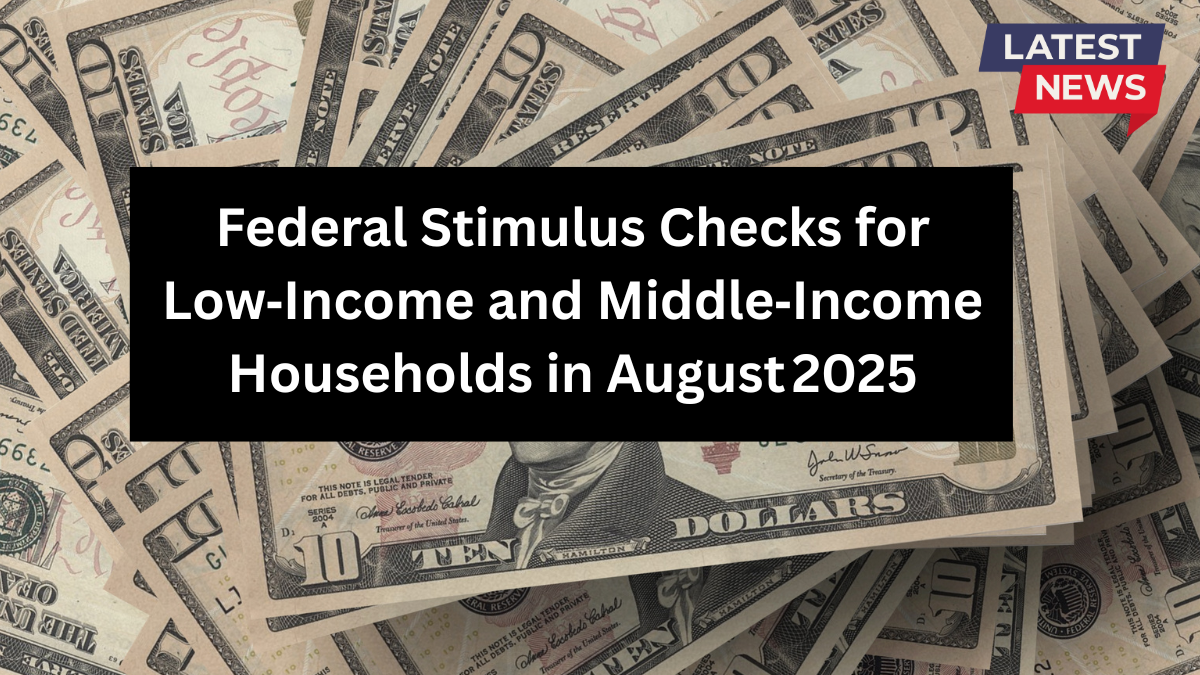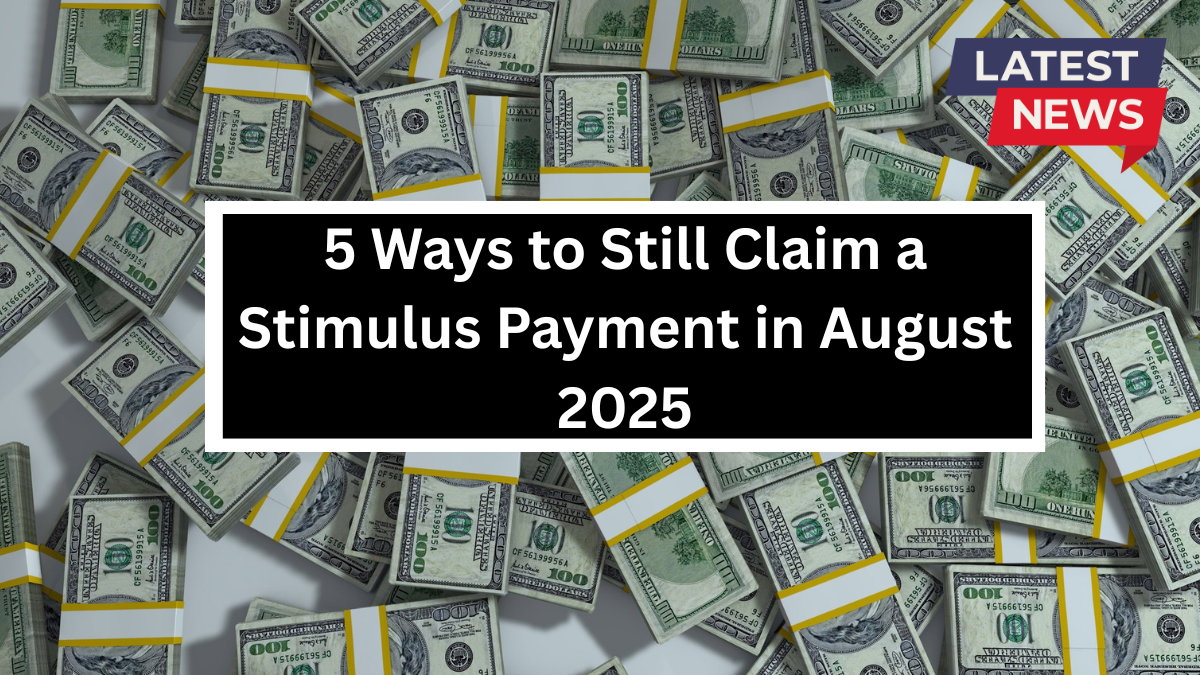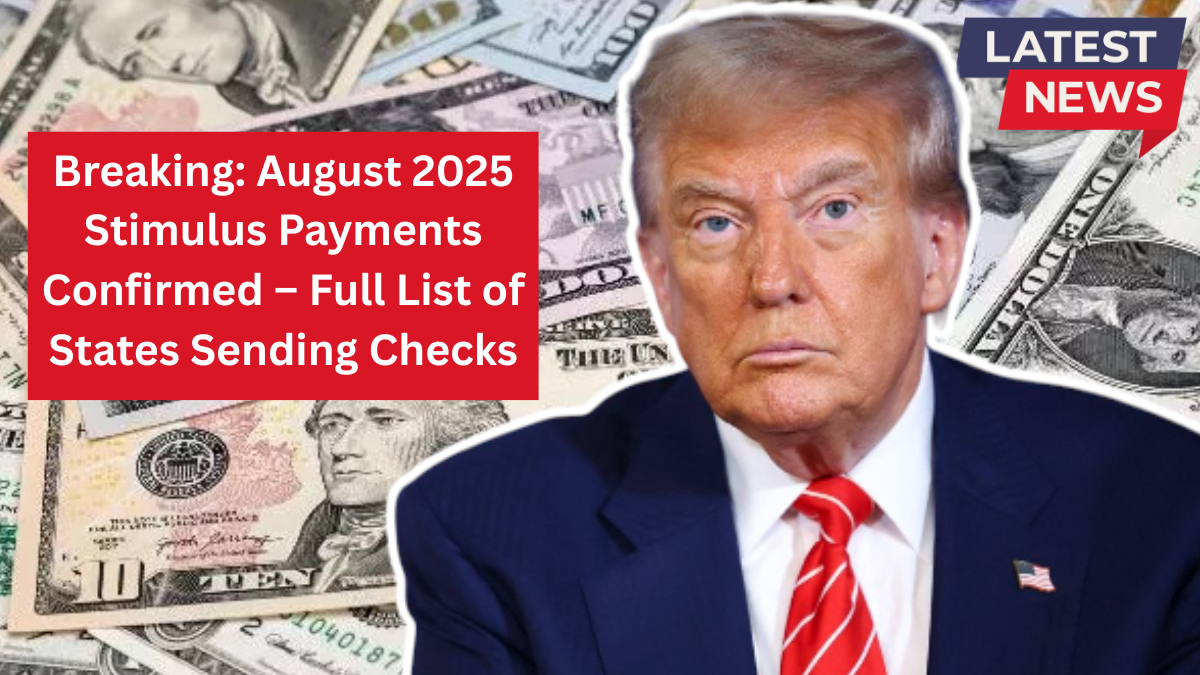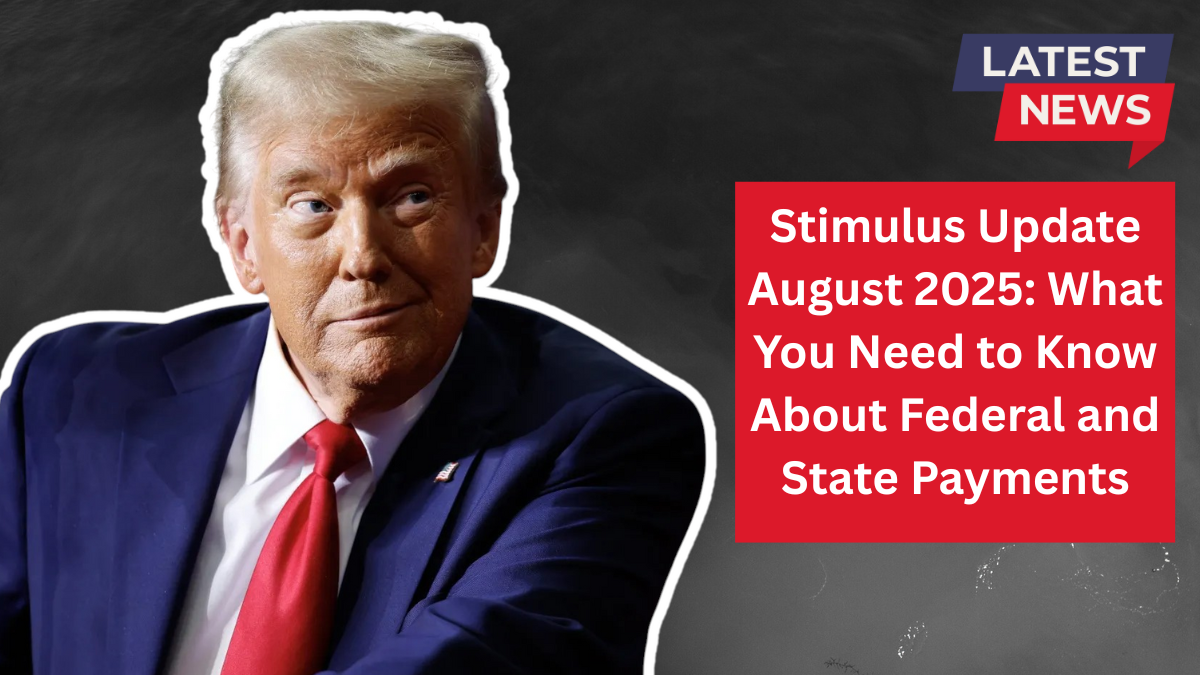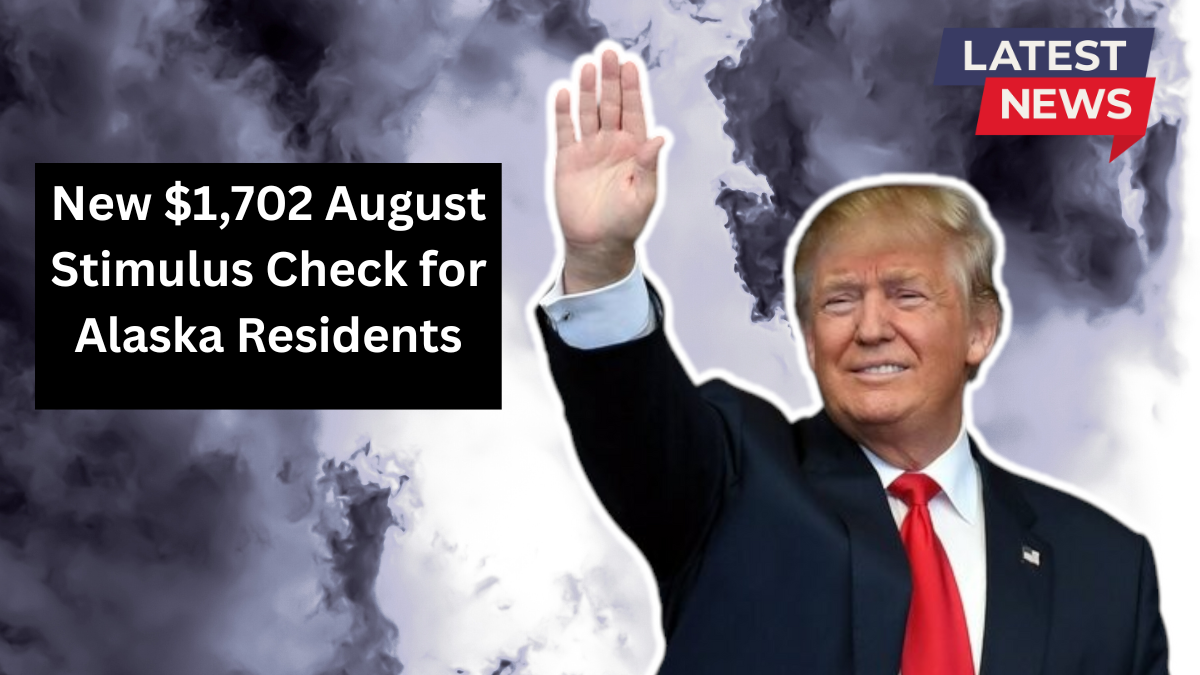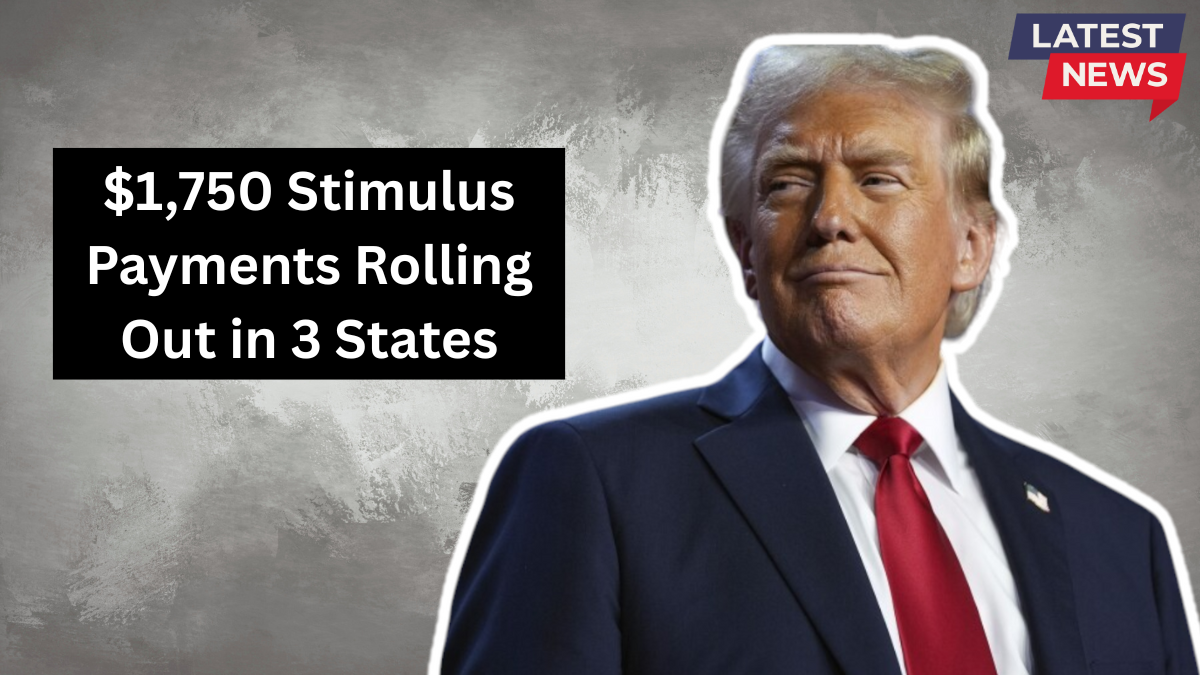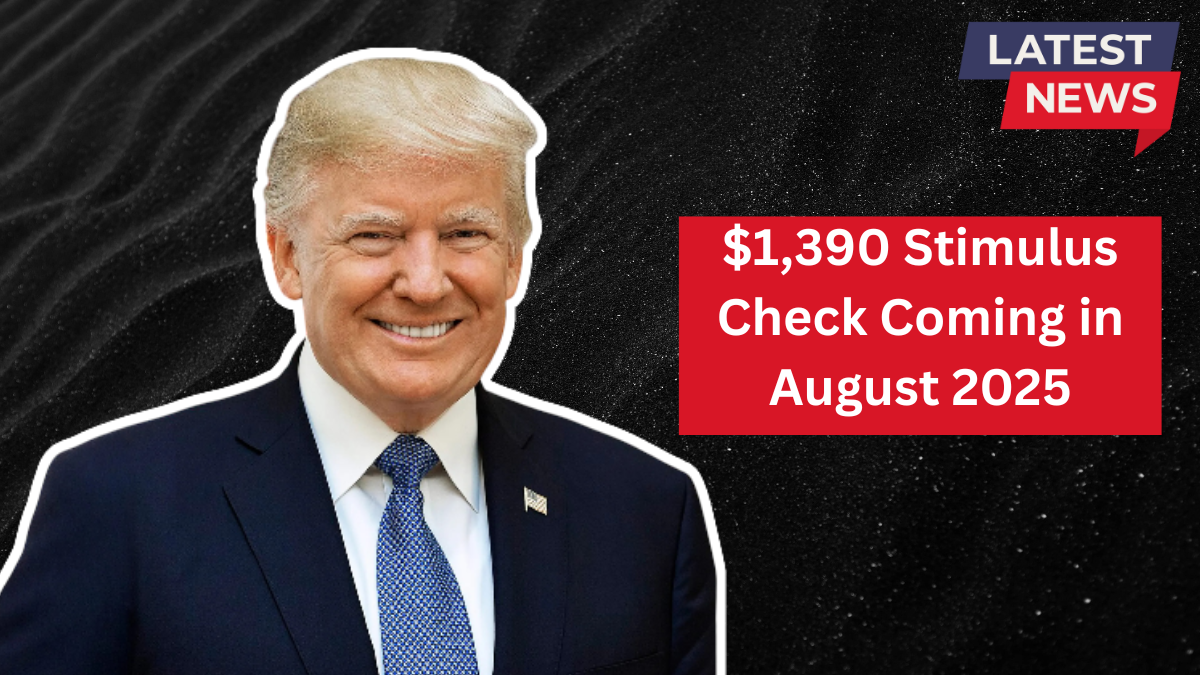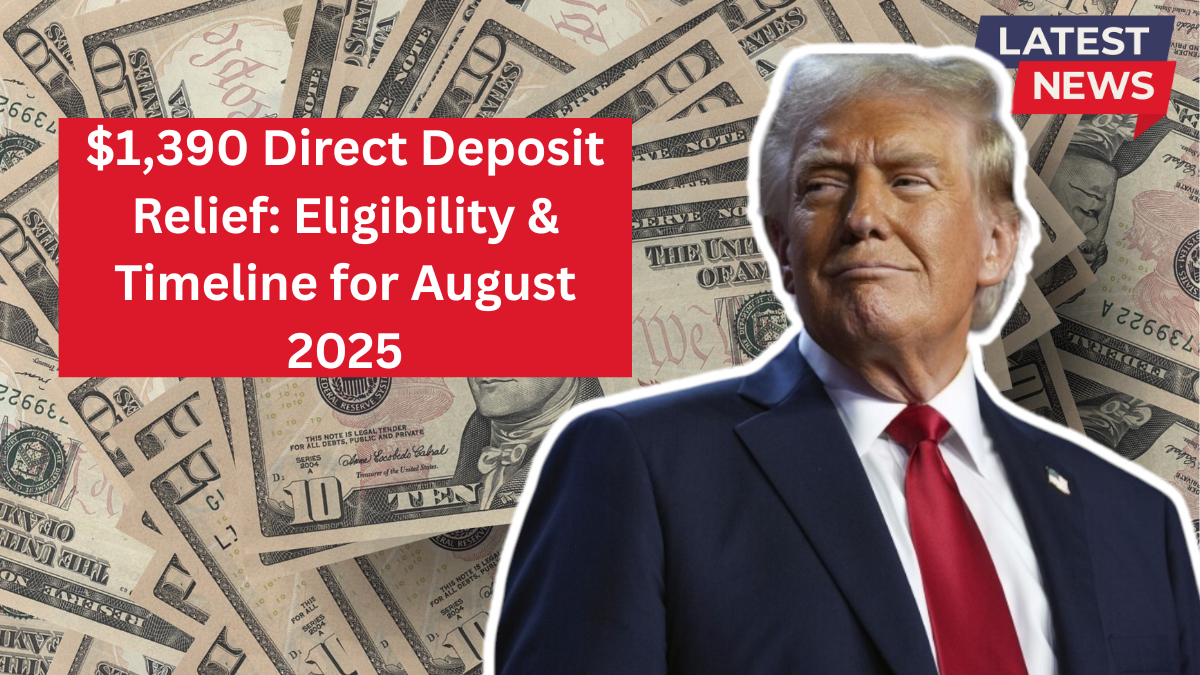For many American families, 2025 has felt like a struggle. Inflation continues to pinch, and bills seem to climb every month. In the midst of all this, the promise of a $1,390 federal stimulus check landing this August offers a spark of hope. It’s more than money—it feels like a breath of relief in uncertain times.
What Is the August 2025 Stimulus Check?
The U.S. government has approved a one-time $1,390 payment to aid those hit hardest by rising living costs. Unlike the pandemic-era checks, this relief is designed to help everyday needs—rent, food, utilities—and arrives without any extra forms for most households .
This support is targeted toward low-income and middle-income families, aiming to ease financial pressure and stimulate the economy with cash in people’s pockets.
Who Is Eligible?
To qualify, you generally must have:
- Filed a tax return for 2023 or 2024
- Filed as an individual earning under $75,000, or a couple under $150,000
- Claimed a dependent or benefits from Social Security, SSDI, or VA
- Or be a non‑filer who receives federal benefits like Social Security, in which case you still qualify without filing.
No extra application is needed for most people—it’s automatic once eligibility is confirmed. Non‑filers may need to register info via a new IRS portal.
How Much and When
The payment amount is $1,390 tax‑free, and is expected to arrive in mid to late August 2025 via direct deposit or mailed check if banking details aren’t available. Automatic delivery is rolling out, with tracking tools likely reactivated on IRS.gov to monitor status .
What About Rumors of $2,000 or More?
Despite ongoing whispers of a $2,000 stimulus check this summer, no such payment has been approved by Congress or the IRS. The only significant federal proposal being discussed—known as the DOGE Dividend—could deliver $5,000 to some taxpayers, but it’s still hypothetical and unlikely to be implemented anytime soon.

State-Level Support You May Qualify For
Even if no new federal checks are coming, many states are stepping in with relief programs.
| State | Payment Amount | Eligibility & Timing |
|---|---|---|
| California | $500–$1,050 one-time | For middle-income residents based on 2024 return; paid August–October 2025 |
| New York | $300–$500 refund | For 2024 filers under income thresholds; payments expected in fall 2025 |
| Colorado | $800 (single) / $1,600 joint | TABOR refund for those who filed 2023 taxes by April 2025; disbursed March–June 2025 |
| Arizona & Illinois | $500–$750 | Assistance to lower-income households; vary by eligibility; paid between mid to late 2025 |
These programs offer meaningful help—especially for those who don’t qualify for federal support.
Why This Matters Right Now
Financial anxiety is real. When families hear about incoming payments—even small ones—it brings relief, possibility, and a sense of being seen. For many, this $1,390 stimulus could mean covering a month’s groceries, finding extra pennies for utility bills, or padding a savings buffer.
This August’s $1,390 stimulus check is real relief—real support for those struggling to keep up with rising prices. It’s not a permanent fix, but it arrives automatically, tax-free, and meant for those who need it most. While no new $2,000 payments are on the horizon, several state programs are filling some gaps.
Hold onto that moment of hope. Check IRS.gov for updates—stay alert, stay informed—and feel that relief is finally within reach.
FAQs
Q1: Do I need to apply for the stimulus check?
No, if you filed a tax return or receive federal benefits. Non‑filers without benefits may need to submit info via the IRS portal.
Q2: When will the payment arrive?
Expect direct deposit or mailed checks between mid and late August 2025.
Q3: Is the $1,390 stimulus taxable?
No, it is fully tax-free and not counted as income.
Q4: Can I still claim stimulus from 2021?
The deadline for the Recovery Rebate Credit was April 15, 2025. Claims must have been filed by then.
Q5: Are there other payments in my state?
Yes—states like California, New York, Colorado, Arizona, and Illinois have programs offering relief between $500 and $1,600 based on income and filing status.
